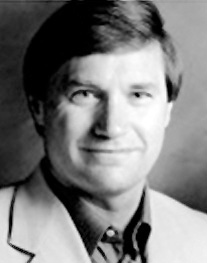
Image source:
worldsciencefestival.com
John Barrow is a British cosmologist, mathematician and science writer who wrote New Theories of Everything.
Quotes by John Barrow in Time One
We’re talking about an overestimate by a factor of about 10 followed by 120 zeroes!
The existence of time is a mystery. There is no use for it.
[T]he pure mathematical research literature is virtually impenetrable to outsiders.
(E)lementary particles come in populations of universally identical particles.